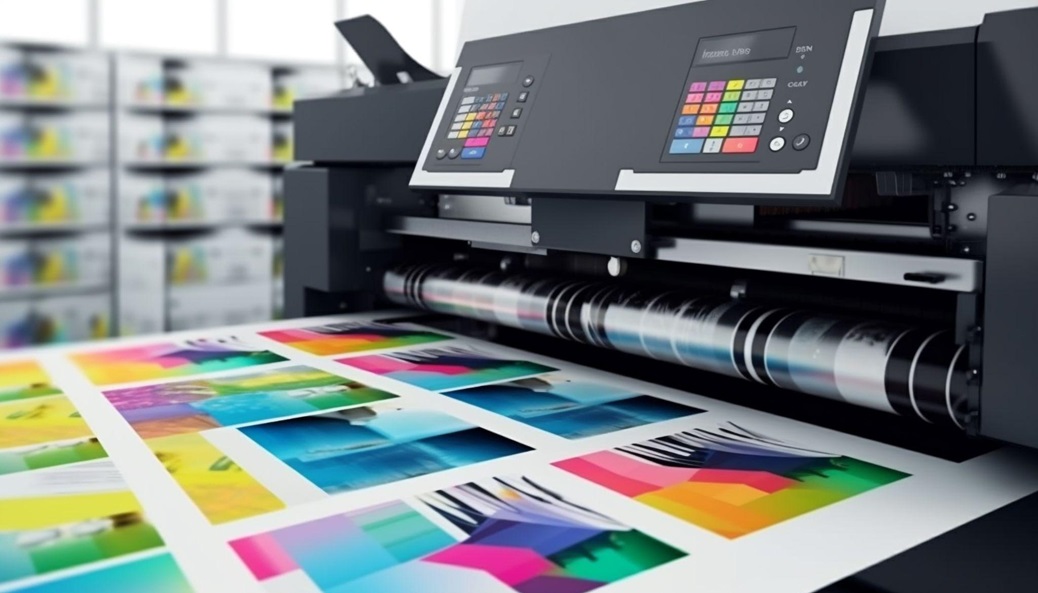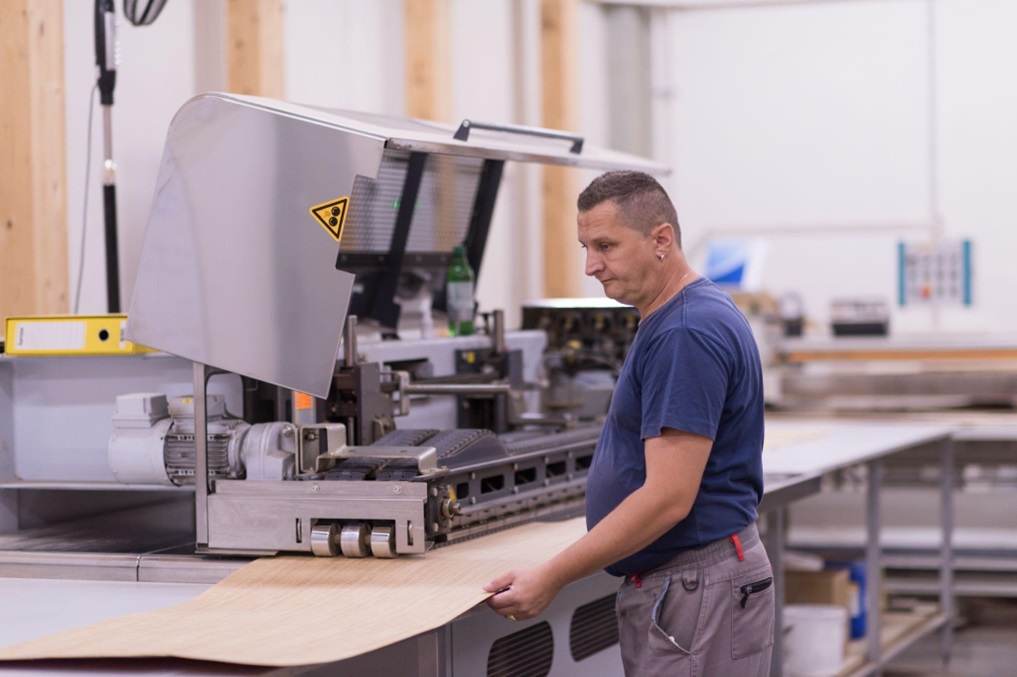How Variable Data Printing Works: A Comprehensive Guide
 Image Source
Image Source
Variable Data Printing (VDP) is a powerful digital printing technology that enables the customization of documents on a per-item basis during a print run. It uses digital printers to modify the output—such as text, graphics, and images—according to data from a linked database. This technology is particularly beneficial for personalized marketing campaigns, direct mail, and any application where individualization is key.
Know more about how Variable Data Printing works, breaking down its components, processes, and best practices.
 Image Source
Image Source
Understanding Variable Data Printing
VDP integrates database information with a print job, allowing each printed piece to be unique. This is ideal for tailoring messages to individual preferences or behaviors, significantly enhancing the impact of printed materials.
 Image Source
Image Source
Key Components of Variable Data Printing
- Data Source: The data source is crucial as it contains the personalized information used in the printing process. This might include names, addresses, personalized messages, or graphical elements that vary from one print piece to another.
- Design Template: The template is a pre-designed layout that includes both static and dynamic elements. Static elements remain unchanged throughout the print run, while dynamic elements are filled with data from the source.
- VDP Software: This software merges the data from the data source with the design template. It directs the digital printer on how to print each piece with its unique elements.
- Digital Printer: A digital printer executes the print job, applying the variable data to each piece according to the instructions from the VDP software.
 Image Source
Image Source
The VDP Process Explained
- Data Preparation: Before a VDP campaign can begin, the data must be prepared. This involves collecting, organizing, and cleaning the data to ensure accuracy and relevancy. PRO TIP: Always validate and clean your data before starting a VDP project to avoid errors in the final printed materials.
- Template Creation: A designer creates a document template with placeholders for variable content. These placeholders are linked to fields in the data source. PRO TIP: Use professional design software that supports VDP capabilities to ensure smooth integration between design elements and variable data.
- Data Integration: Using VDP software, the data fields are linked to the corresponding placeholders in the template. This software also previews how the final product will look with the variable data in place. PRO TIP: Conduct thorough tests with your VDP software to check for data accuracy and integrity in the final output.
- Printing: The complete file—with integrated data—is sent to a digital printer, which prints each piece with its unique elements. Digital printers are adept at handling these tasks efficiently. PRO TIP: Opt for high-quality digital printers that can handle complex VDP tasks and ensure high-quality output.
- Post-Processing: After printing, the materials are often subjected to post-processing tasks like cutting, folding, or binding, depending on the project requirements. PRO TIP: Streamline the post-processing phase by planning these details in advance to match the specifications of the printed materials.
 Image Source
Image Source
Variable Data Printing Process Overview
| Step | Description | Pro Tip |
|---|---|---|
| Data Preparation | Collect and organize data. Cleanse for accuracy. | Validate and clean data to prevent errors. |
| Template Creation | Design a template with placeholders for variable content. | Use professional design tools with VDP support. |
| Data Integration | Link data fields to template placeholders using VDP software. | Test thoroughly to ensure data accuracy. |
| Printing | Print each unique piece using a digital printer. | Use high-quality digital printers for best results. |
| Post-Processing | Perform finishing tasks like cutting and folding. | Plan post-processing in line with material specifications. |
 Image Source
Image Source
Real-World Applications of Variable Data Printing
Variable Data Printing has a wide range of applications, including but not limited to:
- Marketing Campaigns: Personalized direct mail pieces can significantly increase engagement.
- Event Management: Customized tickets, invitations, and event materials add a personal touch.
- Educational Materials: Tailored educational content can be created to suit the learning preferences of individual students.
- PRO TIP: Always tailor your VDP applications to the specific needs and behaviors of your target audience for maximum impact.
Conclusion
Variable Data Printing is an invaluable tool for creating highly personalized and effective print materials. By understanding and utilizing the various components and steps involved, businesses can leverage VDP to enhance customer engagement, improve response rates, and deliver compelling printed content that speaks directly to the recipient. With the right preparation and execution, VDP can transform the way organizations communicate through print media.
In addition to variable data printing, Spectra provides a comprehensive suite of digital printing services beyond variable data printing, including specialty options such as white and metallic inks, raised, foil, and other striking techniques. This versatile offering allows you to create eye-catching pieces that engage your potential customers and elicit a response. Elevate your marketing campaigns by leveraging these powerful options for maximum impact and return on investment.







